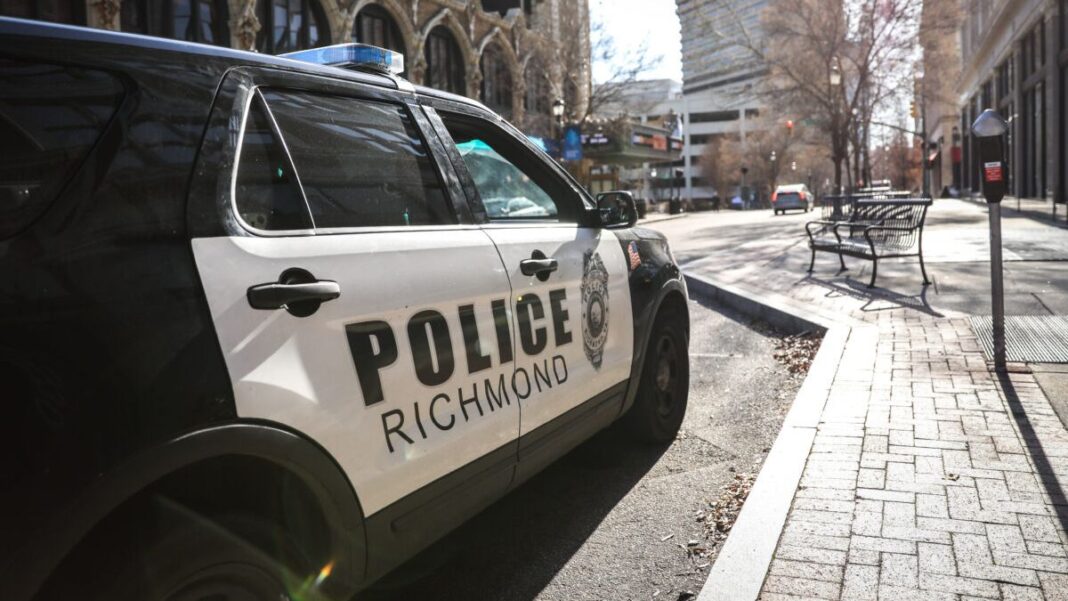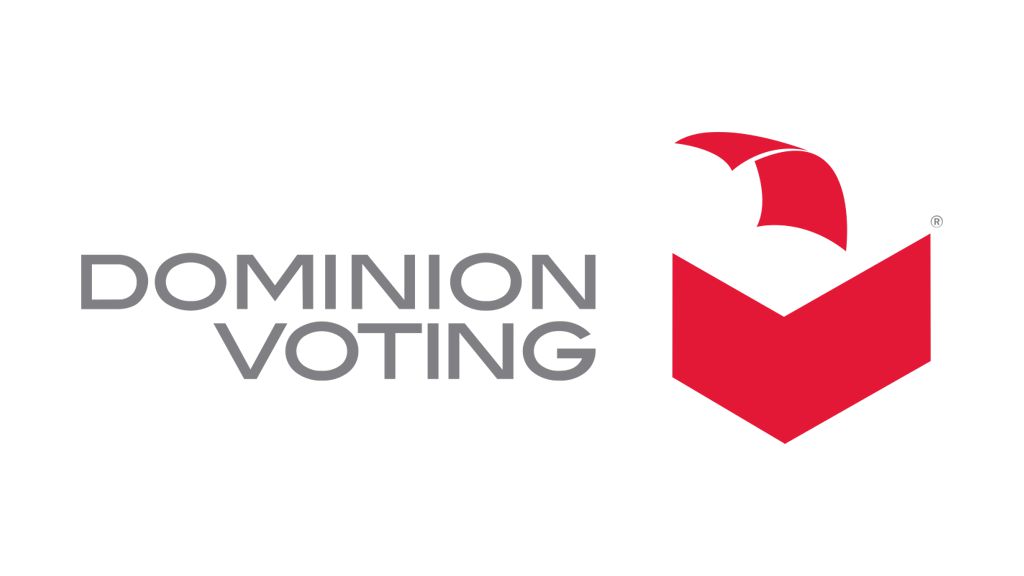Cities governed by Democrat mayors have seen the largest increases in homicide rates over the past year as well as registered the highest homicide rate per capita in Q1 out of 45 cities, according to a new report.
Homicide rates in 45 of the most populated American cities rose by approximately 10 percent on average between Q1, 2021 and Q1, 2023, and continue to rise, according to an April 26 report by WalletHub. Blue cities were found to have a higher increase in homicide rates compared to red cities. The report designated a city as red or blue based on the mayor’s political affiliation.
The top five cities that saw the greatest increase in per capita homicide are Richmond, Virginia; Memphis, Tennessee; Durham, North Carolina; Garland, Texas; and Washington, D.C.
Except for Garland, where Mayor Scott LeMay is a Republican, the remaining four cities have mayors who are affiliated with the Democratic Party.
The highest homicide rate per capita in the first quarter of 2023 was in Memphis at 14.19 per 100,000 residents. New Orleans, Louisiana, came in second at 12.76, followed by Baltimore, Maryland, with 10.47, St. Louis, Missouri, with 9.91, and Detroit, Michigan, with 8.52.
Excluding St. Louis, the other four cities have mayors affiliated with the Democratic Party. The mayor of St. Louis, Tishaura Jones, was a former Democrat member of the Missouri House of Representatives.
Political Reason Behind Spiking Homicides
Gregg W. Etter, a professor at the Department of Criminal Justice at the University of Central Missouri, blamed the tendency of politicians to seek “simplistic, one-size-fits-all solutions to complex problems” as a reason behind the spike in homicides across the nation.
Politicians offer such solutions to gain favor with political interest groups during elections, he pointed out. For instance, when faced with the issue of police using force in isolated instances, such politicians might support defunding the police rather than dealing with problematic officers.
This ends up resulting in a less-effective police force, higher response times, lower morale among officers, and an “increasing unwillingness” to engage in proactive policing, he said.







